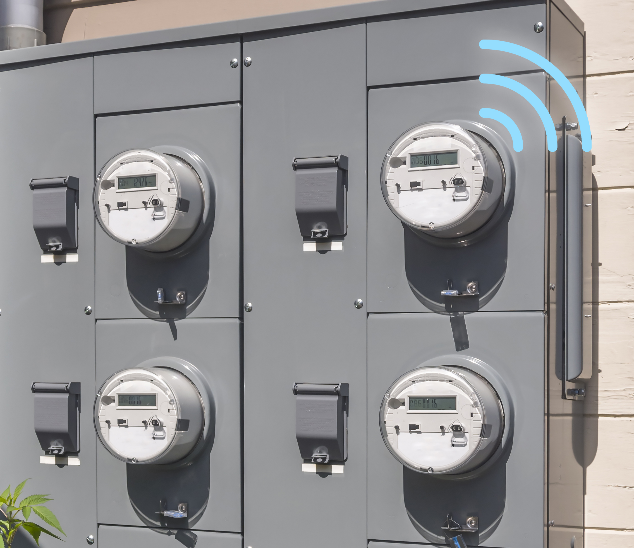|
|
Five Considerations When Choosing a Wireless Computer for Your IIoT ApplicationsIndustrial computers with sufficient processing power and multiple connectivity options can be ideal IIoT gateways for data collection and transmission. However, in industries that rely on distributed data acquisition in remote areas, such as energy, water and wastewater management, oil and gas, and utilities, wired infrastructure is often lacking or impractical. Although wireless computers provide an ideal solution for these applications, each scenario has different requirements for communication distance, transfer speed, bandwidth, power consumption, costs, and more. Choosing the best wireless computer for your application requires taking these factors and their inherent trade-offs into consideration. Data VolumeThe volume of data collected, processed, and transferred, and the frequency of transmission of edge data to applications in a cloud should determine the computer that you choose. Multiple connection interfaces that support high-bandwidth data transfers simplify data acquisition and speed up data transfer. Other important considerations are the costs of bandwidth to transfer data and the sensitivity of the data. Network InfrastructureWhether you choose to build your own network or use an existing one from a local carrier depends on the initial setup fees, data rates required, and total cost of ownership. New cellular connectivity options such as LTE-M and NB-IoT are yet to be deployed in every country. So, it is crucial to check with your carrier about their availability. Power ConsumptionChoose a solution that best fits your power budget. For example, power-hungry Wi-Fi solutions are not well-suited for applications that rely on solar power or batteries. Technologies such as low-power wide-area network (LPWAN) and low-power devices, including computers, can drastically reduce your energy costs and help meet your green-power targets. RoamingCarefully consider whether your field devices need mobile connectivity throughout the application site. For example, collecting data for vehicular applications in intelligent transportation systems would require cellular connectivity with connection failover capability for seamless roaming of end devices that are mounted on moving vehicles. Connection Redundancy and ReliabilityTo ensure reliability and availability, you may need dual-SIM redundancy or more than one wireless technology, such as Wi-Fi LTE failover. Furthermore, to provide reliable Wi-Fi or LTE connectivity in outdoor or harsh environments, it’s important to choose a device that can work reliably in a wide operating temperature range such as -40 to 75°C (-40 to 167°F). A Comparison of the Wireless Technologies Driving IIoT Connectivity Case in Point—Smart Metering
Since the local mobile carrier did not support an NB-IoT service yet, an industrial IoT gateway, the UC-2116, which comes with built-in LTE Cat M1 communication capability, was installed. Besides providing both NB-IoT and LTE Cat M1 communication over LPWAN, the UC-2116 also supports configuration modifications if the local carrier decides to support NB-IoT down the road, thereby reducing future costs. Furthermore, the IIoT gateway also supports a wide operating temperature range of -40 to 75°C (-40 to 167°F), making it an ideal choice for use in smart meters that are deployed outdoors. Intelligent Connectivity Solutions Taking IIoT to the Next LevelMoxa’s easy-to-use, reliable, and intelligent connectivity solutions are connecting millions of edge devices to a wide variety of IIoT applications to effortlessly bring data from the edge to the cloud. Download our brochure to learn more. |
|
|||
| Copyright © 2019 Moxa Inc. All rights reserved. |

 An electric utility company requested a smart metering solution to accurately measure and bill electricity consumption for households in a medium-sized city. Due to the small data volume and low transmission frequency (about once per day), the company wanted a low-power wide-area network (LPWAN) solution instead of using a long-range (LoRa) or other unlicensed technology that would require the company to set up its own wireless infrastructure.
An electric utility company requested a smart metering solution to accurately measure and bill electricity consumption for households in a medium-sized city. Due to the small data volume and low transmission frequency (about once per day), the company wanted a low-power wide-area network (LPWAN) solution instead of using a long-range (LoRa) or other unlicensed technology that would require the company to set up its own wireless infrastructure.